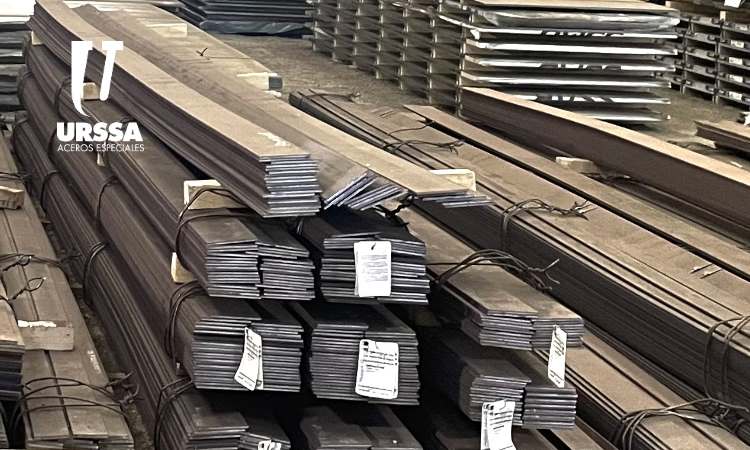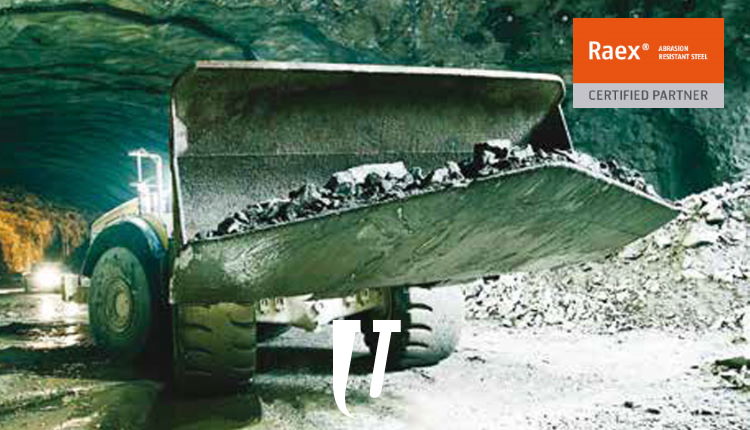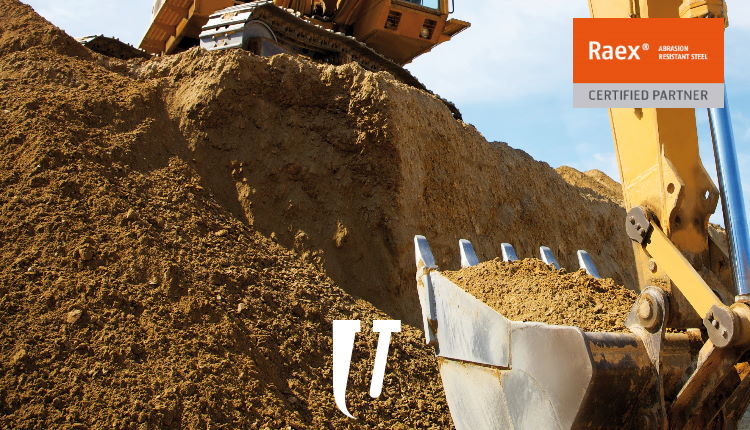
Abrasion steel
Abrasion in steel is a physical phenomenon that results from the gradual wear of the metal surface due to friction with solid abrasive particles or rough surfaces. This process can occur in a wide variety of industrial and everyday situations, from handling bulk materials to moving heavy machinery over metal surfaces. Abrasion occurs when abrasive particles exert pressure on the steel surface, causing microfractures and removing small amounts of material with each contact cycle.
The degrees of abrasion in steel can vary from light superficial wear to deeper damage that compromises the structural integrity of the piece. To resist this phenomenon, specially designed steels are used with properties that make them highly resistant to abrasion. These steels usually contain alloys of carbon, manganese, chromium and other elements that increase their hardness and toughness, allowing them to withstand abrasive action for long periods without suffering excessive wear.
Various industrial sectors require the use of abrasion-resistant steels due to the rigorous working conditions they face. For example, mining, construction, cement industry, steel and agriculture are just some of the sectors that rely heavily on components and machinery made from abrasion-resistant steels to ensure efficient operation and prolong life. useful equipment. These steels play a crucial role in reducing maintenance costs and improving workplace safety by minimizing the risk of premature failure due to abrasion.
Raex Abrasion Resistant Steels

RAEX 400. Abrasion resistant steel

RAEX 450. Abrasion resistant steel

